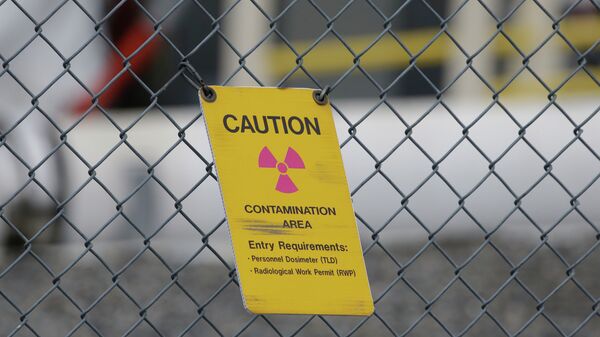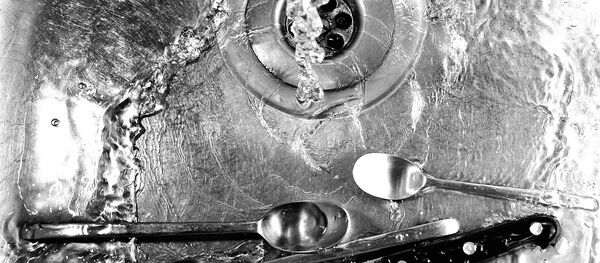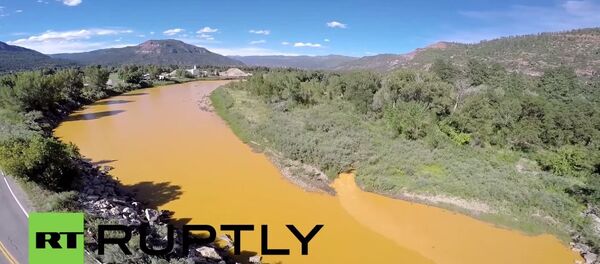In November 2015, workers began excavating concrete drums filled with high-level radioactive nuclear waste that had been discarded after uranium fuel fabrication work in the 1960s. The site of the excavation, now a burial ground, is in the notorious town of Hanford, in the state of Washington, near the public highway, and known to be one of the most radioactive areas in North America.
The workers at the burial ground detected specks of highly radioactive material at the site on November 16. With windy weather forecast for the following day, the workers aimed to contain the spread of contamination. The team applied a fixture called “rhino snot,” designed to keep radioactive specks from going airborne.
However, the winds that struck on November 17th were worse than predicted. Gusts to 120 km/h (75 mph), radioactive particulates mixed with airborne dust in the air of the town creating a scenario ripe for nervous and respiratory health danger. Notably, the aerosolized radioactive material, which has a 100 year half-life, can have compound carcinogenic impacts if particles become lodged in the alveoli, the small air sacs in the lungs.
The exposure, according to official reports from the Defense Nuclear Facilities Safety Board, predates a November 2015 incident when nearby residents were thought to have been exposed to radioactive particulates over a period beginning summer 2014.
Nonetheless, Bryan Foley, US Department of Energy (DoE) deputy project director for the site, reassured the public, saying that, “The workers and public were not at risk of exposure because of the spread of contamination.” The Washington State Department of Health echoed these assurances, stating that, to date, the spread of contaminated particulates is not a threat to the public, but that concerns persist of a later, more serious, spread of contamination due to the containment failure.
Environmental Protection Agency Hanford program manager, Dennis Faulk, took the DOE assurances to task, noting that, “the waste had high levels of radioactive isotopes.” Faulk questioned the diligence of DOE control measures, noting that high level waste, “does not bind well with grout.” The EPA has stated that the contamination “is a matter that is alarming and requires further investigation and discussion.”
The EPA has given the DoE six weeks to report on the contamination, the environmental factors that led to the event, and both preventative and remedial measures to limit public and environmental danger.





